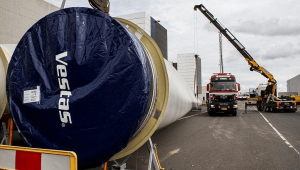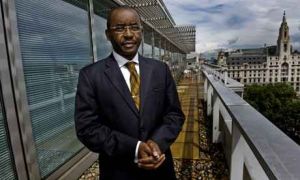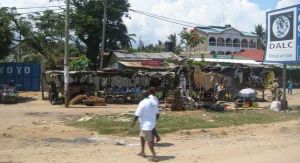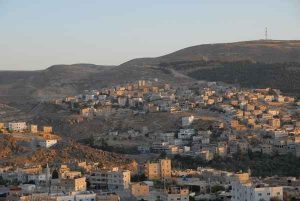A programme launched earlier this week aims to bring small wind power generators all across Africa. This venture between Econet Wireless and Danish turbine manufacturer Vestas is called “Wind for Prosperity” and includes a consortium of other investors. The project was born in Washington with the aim of bringing power to millions of people living in small towns in rural areas of a number of African countries beyond the reach of the grid.
The wind energy will provide electricity to small communities of less than 20,000 people. The electricity generated from the small turbines can be used for essentials such as lighting, the pumping of water and power for small cottage industries such as the sewing of clothes. Many schools in rural towns require their pupils to bring in battery-operated torches so they can see to write in their exercise books.
Econet Wireless founder Strive Masiyiwa (picture above) said:
“Wind-for-Prosperity is exactly the kind of ambitious and bold initiative that needs pursuing if we are to combat energy poverty. This technology is remarkable and will enable us to meet the electricity needs of millions of people across Africa, in a cost-effective and highly flexible way.”
Masiyiwa, a member of the UN Secretary General’s high level advisory board for sustainable energy, continued:
“I am a firm believer that we need to think differently and be more creative with technology in order to deliver sustainable sources of power to the millions of people across the world, living beyond the reach of the grid. I am particularly interested in the potential of affordable electricity to boost agricultural productivity and create jobs. Econet is already an active player in providing power solutions, using solar power, and sees the use of wind as a natural and complimentary extension to its current work.”
The first step of the project round will roll out 13 wind generators that will supply power to more than 250,000 people in Kenya. The financing for this has already been completed. Vestas plan to buy back old, kilowatt-scale turbines – which have since been replaced by megawatt-scale turbines – from wind-farm owners and refurbish them for the program. The refurbished turbines used in the Wind for Prosperity program should perform well for 20 years and the electricity from the refurbished wind turbines will cost about a third of the cost of diesel power generation.
The big question is whether the project will yield sufficient returns for investors. Altruism versus capitalism…





